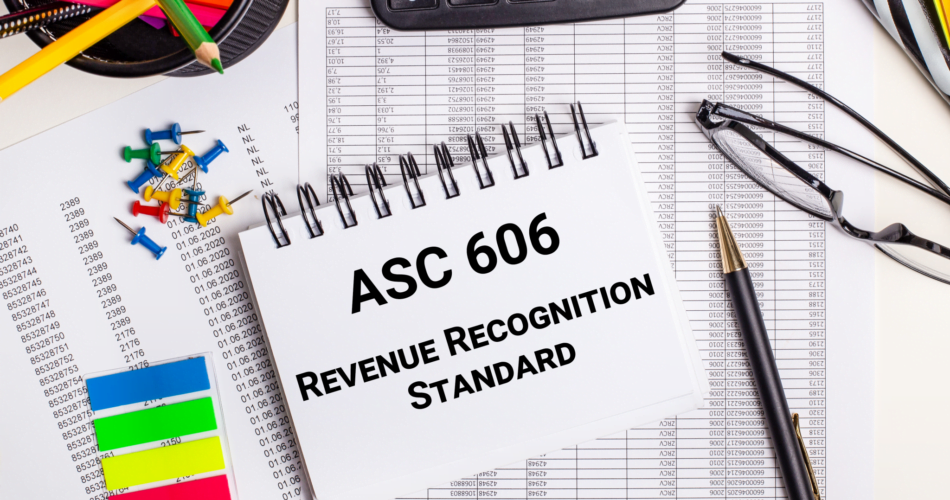The accounting world is constantly evolving, and the introduction of recognizing ASC 606 highlights this fact. This new revenue standard, issued by the Financial Accounting Standards Board (FASB), has changed how your company reports its income and related matters.
The Impact of ASC 606 on Cloud Accounting Practices
The ASC 606 Revenue Recognition standard has completely changed how cloud accounting systems recognize revenue for your company. Its purpose is to provide a more resilient and transparent way of recognizing revenues and ensuring compliance with financial reporting regulations.
By implementing this new standard, your cloud accounting system can offer a more precise approach to acknowledging earnings based on actual output.
A Game Changer for Financial Management
Cloud accounting, a rapidly growing trend in the business world, has gained immense popularity due to its ability to provide companies with valuable insights for data analysis. By harnessing the power of this system, your company can now make more informed decisions, leveraging the vast pool of data to drive growth and success.
This innovative approach to financial management enables you to stay ahead of the competition and confidently adapt to the ever-changing business landscape. The goal of ASC 606 is to ensure consistent revenue recognition practices across organizations, aligning with GAAP standards.
Understanding ASC 606
Implementing ASC 606, Revenue from Contracts with Customers has generated significant interest in cloud accounting. This new accounting standard provides comprehensive guidelines and principles for recognizing revenue from customer contracts, ensuring greater transparency and consistency in financial reporting.
As businesses strive to comply with ASC 606, they explore advanced cloud accounting solutions to streamline revenue recognition processes and enhance overall financial management.
This standard, developed jointly by the FASB and the International Accounting Standards Board (IASB), aims to give your company greater transparency in its financial reporting, enabling you to make informed decisions based on reliable information.
2 Key Points to Consider
To fully comprehend how ASC 606 works and its impact on your cloud accounting system, it is important for you to consider two key points.
First, revenue must be recognized when your company makes an agreement or contract with a customer, and any payments received must be recorded as income.
Second, all costs associated with providing products or services should be accounted for in this process. This raises the question of how you determine these additional expenses.
Implement ASC 606 in Your Cloud Accounting System
Implementing the requirements of ASC 606 involves assessing how your cloud-based accounting system aligns with the standard. This entails reviewing your existing processes and making necessary adjustments to ensure compliance with the new standards set by the FASB and IASB.
It may also involve incorporating supplementary software solutions, such as invoicing platforms or automated payment systems, to streamline billing and payment collection, facilitating timely and accurate revenue recognition under ASC 606 guidelines.
Ensure Compliance and Mitigate Risks
Another thing to keep in mind is that you must ensure that your company’s internal controls are up-to-date during the implementation process to mitigate risks associated with noncompliance.
Trustworthy safeguards are crucial in case errors occur, as even minor mistakes in transaction processing or financial reporting activities related to this new regulation can lead to inaccurate results in the future.
Recognize Revenue Based on Performance
Under ASC 606, your company should recognize revenue when earned, regardless of when payment is received. This emphasizes accuracy and transparency in your business operations like never before.
You must carefully organize your accounts receivable to comply with this regulation. Before implementing ASC 606 in your cloud-based accounting system, you should review your contracts with customers and vendors to determine any necessary modifications for proper recognition under the new rule.
Conclusion: Thoroughly Review Your Records and Make Adjustments
You should review your records, including invoices, sales orders, and customer contracts, to understand the amount of money due at each contract’s life cycle stage.
You should also consider any applicable taxes or fees associated with these transactions for proper accounting under ASC 606.
Once a thorough review is done and necessary modifications are made in your cloud-based accounting system, you can recognize revenues when they are due.







